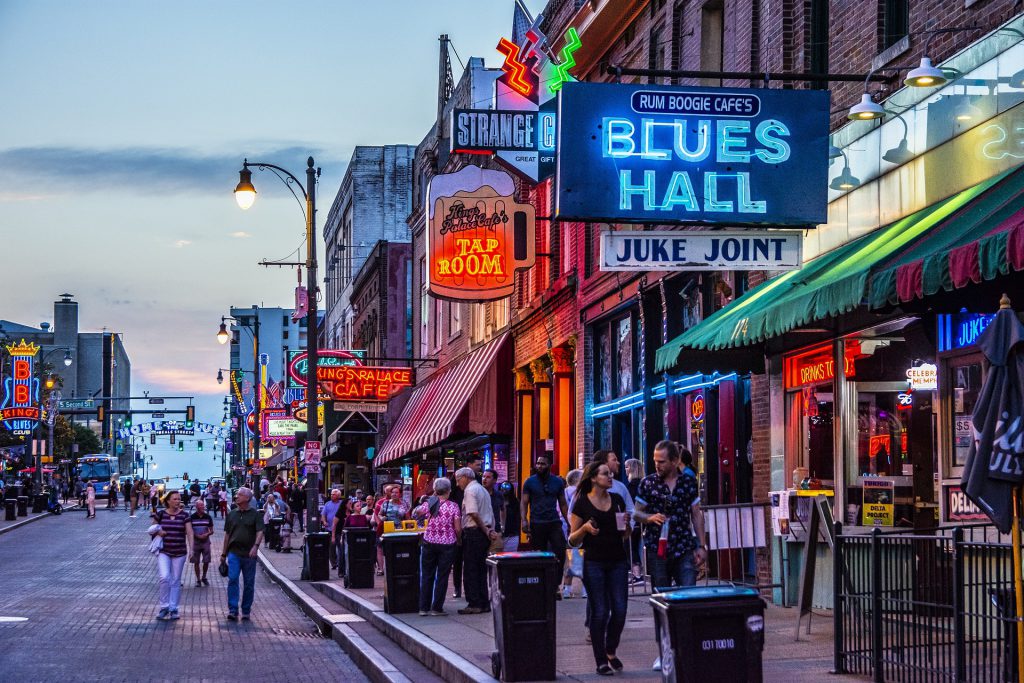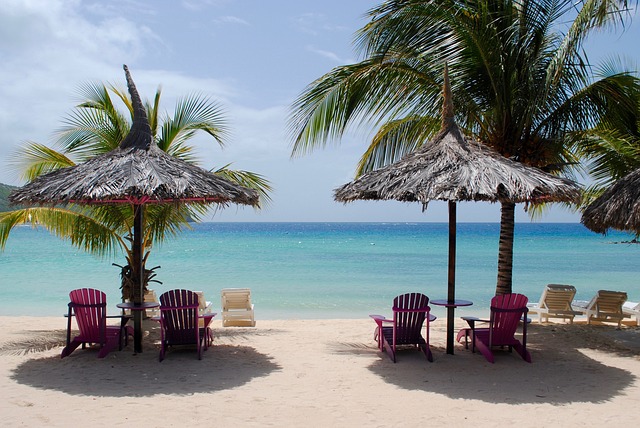
Exploring the Culture of Spain: A Traveler’s Guide
Exploring the Culture of Spain: A Traveler’s Guide to the Land of Flamenco and Tapas
Are you ready to explore the culture of Spain? In the hustle and bustle of the world, experiencing the culture of a foreign land can be a great travel opportunity for adventurers. Aside from its beaches and gorgeous landscape, Spain is well known for its traditional Flamenco music, dance, and its delectable tapas cuisine. Touring Spain is an experience you won’t soon forget. Whether you’re visiting for a short holiday or making it your home for an extended period of time, this guide will ensure you have all the information you need to explore Spain’s diverse culture.
Exploring Popular Sightseeing Destinations
Planning a trip to Spain? One of the first things to do is to decide which cities you’d like to visit. Spain has many breathtaking destinations that make it a top tourist destination in Europe. From bustling metropolises such as Madrid and Barcelona, there are also many small villages with unique architecture dotting the country’s valleys and mountain ranges. Wherever you decide to visit, there is something special waiting to be discovered.
Madrid is an excellent example of modern-day Spanish culture, attracting visitors from all over the world. As the capital city, it boasts landmarks such as Plaza Mayor, Palacio Real de Madrid, and Retiro Park, popular attractions for tourists. It is also renowned for its nightlife with lively bars and clubs hosting live music performances till dawn each day. For those looking for art galleries, Madrid is an ideal city with many museums showcasing works by some of the world’s most influential artists.
Barcelona is another popular sightseeing destination in Spain. Located on the Mediterranean Sea, it has some of Europe’s most stunning beaches as well as world-famous architecture such as La Sagrada Familia Basilica designed by famed Catalan architect Antonio Gaudi. Apart from sightseeing opportunities, Barcelona has plenty of activities for visitors both day and night including nightclubs and festivals throughout the year. It is also known for its vibrant street art scene with colorful murals scattered around town.
Mapping Out a Sample Travel Itinerary
Before embarking on your journey, it’s always important to plan ahead so that you can make the most out of your trip. A great way to do this is by mapping out a sample travel itinerary that takes into account your interests and budget. This will also help ensure that you maximize your time and make sure that you don’t miss out on any must-see attractions while in Spain.
One potential itinerary could span 7 days with Barcelona being your starting destination and then traveling northwards along Cost Brava before heading towards Madrid via Zaragoza or Valencia. Of course, this could be adjusted depending on your interests and budget constraints but it’s a good starting point when deciding how best to tour around the country in just 7 days or less! Here’s an example itinerary that includes some of the main attractions in both Barcelona and Madrid:
Day 1: Check into your accommodation in Barcelona, explore the El Born district, and then catch a Flamenco performance at Tablao Cordobes in La Rambla followed by dinner at La Boqueria food market
Day 2: Spend the morning visiting Gaudi’s iconic Sagrada Familia Basilica then take a refreshing dip in Barceloneta Beach before lunch at Raval neighborhood restaurants
Day 3: Hop on a train from Barcelona to Zaragoza or Valencia then hit some of those amazing beaches on Costa Brava before catching another train from either city to Madrid late afternoon
Day 4: Get some fresh air by taking a leisurely stroll through Retiro Park then check out some art galleries or museums before dinner
Day 5: Visit Plaza Mayor then have dinner at one of Madrid’s chic tapas bars before checking out local clubs
Day 6: Spend time exploring the Moncloa neighborhood followed by lunch at one of Madrid’s hipster cafes
Day 7: Take another stroll through Retiro Park then take some time off to shop for souvenirs before heading back home
The Historical Significance Behind Flamenco Music
No visit to Spain would be complete without experiencing some Flamenco music! This traditional style of music features heavily in Spanish culture, with roots tracing back centuries when it was used as an expression of emotions by gypsy groups who moved over from Eastern Europe and North Africa towards southern parts of Europe during this era. The music combines singing, clapping, rhythmic guitar strumming as well as a variety of percussive steps for dancers – making it quite an exciting spectacle for viewers!
The history behind Flamenco music has evolved over centuries due to various influences from countries such as Cuba, Mexico, and Argentina which have helped shape its sound today into what it is today – a unique mixture of powerful soulful vocals combined with complex rhythms played on guitars or cajones (box-like instruments). As mentioned earlier, Flamenco is often accompanied by dancers who perform intricate steps while clapping in unison – often referred to as ‘palmas’ – with accentuated hand movements that express passion while bringing attention to performers’ faces during performances!
It’s easy enough to access authentic Flamenco performances throughout Spain today – either through popular tourist spots frequented by companies offering nightly shows or via local favorites with live music occurring almost every weekend at smaller venues around town (sometimes referred to as ‘tablaos’). Whether these performances take place indoors or outdoors within enclosed courtyards surrounded by whitewashed walls – every performance will surely be filled with intense energy!
Exploring Spanish Cuisine Through Tapas
In addition to Flamenco music, another thing synonymous with Spanish culture would be its delicious cuisine! Tapas are small dishes served either hot or cold which can range from anywhere between pickled olives stuffed with anchovies up to generous portions filled with tasty seafood delicacies such as octopus or mussels – all popular snacks served together alongside drinks like sangria which makes consuming tapas even more enjoyable!
Popular tapas dishes include calamari rings fried in batter (calamares fritos), croquetas de jamon (ham croquettes), Gambas al Ajillo (garlic prawns), and Pulpo al Gallego (Galician octopus) among others – all made with fresh ingredients usually sourced locally depending on region’s culinary specialty dishes! While many bars still serve traditional tapas fare up till late hours overnight – more modern interpretations like molecular gastronomy have made their way into some restaurant menus introducing exciting flavor combinations like never before seen before!



